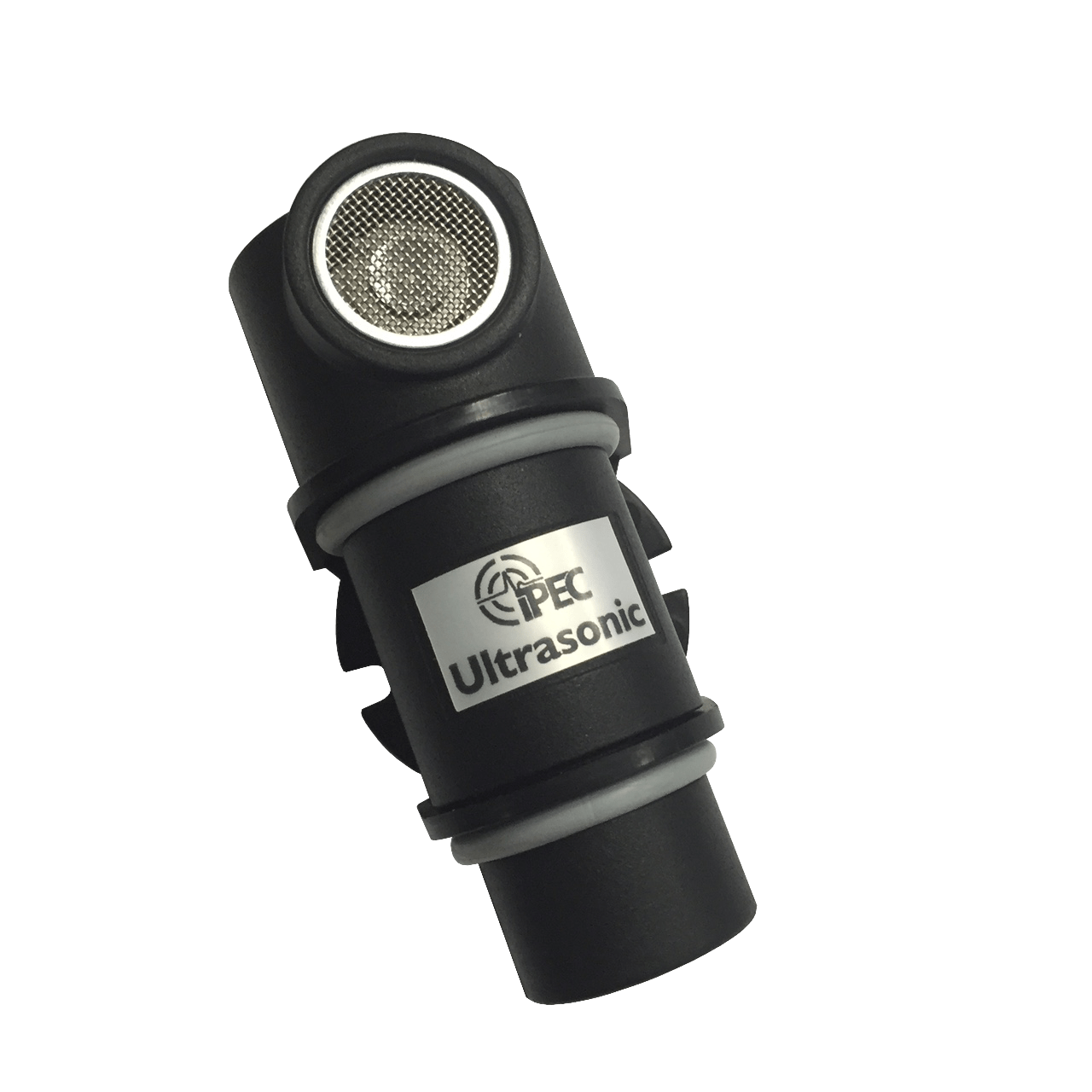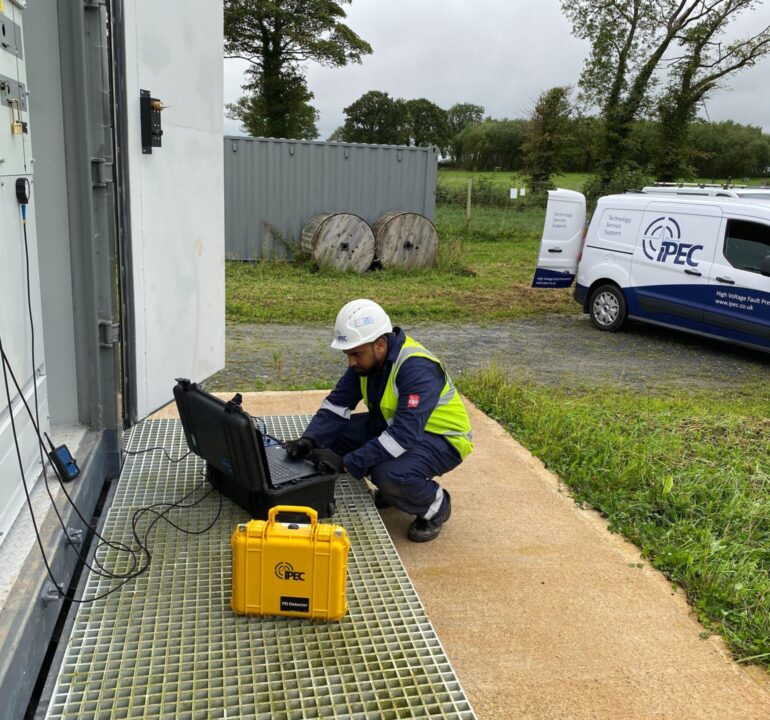
AA-Ultrasonic

UHF

HFCT


IPEC provides on-line PD testing and monitoring of Solar Farms in the UK and overseas.
Though the use of On-line PD Monitoring and Testing solutions the management of new and aging assets will be more effective.
Typical solar farms consist of distributed ring or radial substations across the Solar Farm, each containing critical Transformers, Switchgear and Cable Terminations which form part of the HV network infrastructure. A primary or central substation manages all feeder circuits before the main transformer transfers power to the local grid.

On-line PD testing is routinely conducted on all assets in these HV networks, with sensors optimised for Cables, Switchgear and Transformers. These sensors, which include HFCT, CC-TEV and AA-Ultrasonic are retrofitted to installed equipment without the need of an outage for installation.
Using portable PD testing instruments, the condition of the critical assets can be quickly assessed. If PD is found, locating the defect can often be done without a shutdown and action taken to manage the asset before failure.
IPEC services provide testing of Solar Farms in the UK and overseas. We regularly train asset operators and maintenance staff on the correct procedure for PD management on site, and how to use PD test instruments on various Solar farm assets.

Sensors deployed for PD testing can be used with permanent monitoring systems. IPEC’s ASM system is a tailored solution for PD monitoring of large or small substations. ASM units can be deployed in some or all assets across a network and connected back to a central server for monitoring the condition across the Solar Farm.
The PD Alarm system is more economical for smaller substations and is optimised for testing of the local switchgear or dry type transformers. Data can be accessed remotely for all sites, and the device can be set to alert when PD is detected, minimising complex communication infrastructure requirements.
